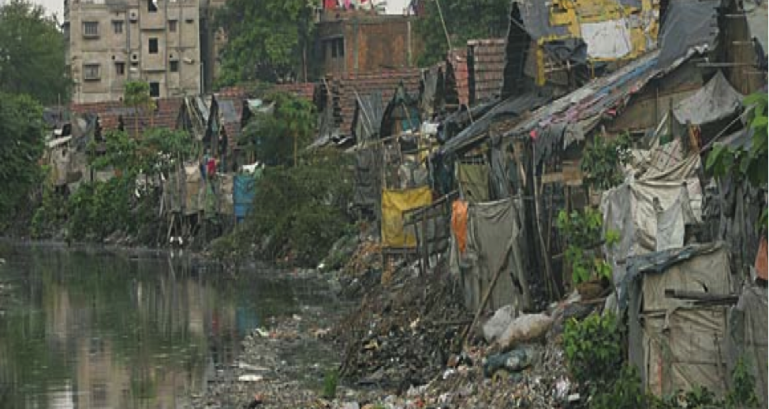 Source: http://www.schooljotter.com/showpage.php?id=158173
Source: http://www.schooljotter.com/showpage.php?id=158173 Algiers is the political, economical, and financial capital of Algeria and is located on the coast of the Mediterranean Sea. It benefits from its climate with hot, dry summers and mild, wet winters. Its population is 2.9 million inhabitants (department) and 7 million in the agglomeration. The urban growth slowed down in the recent years to 2.48% but is still the fastest in the region. Algeria is a centralized state with three levels of government: the State, the Wilaya (department) and the commune (municipality) (Houzir, 2010). The city faces hazards linked to climate change. Climate models project a strong temperature increase that will lead to more heat waves, a decline in precipitation leading to more droughts, variability and extreme precipitation events. Algiers will be affected by sea level rise thus increasing coastal erosion and subsidence. Furthermore, Algiers is prone to earthquakes, landslides, and tsunamis. The vulnerabilities of the city are mainly comprised of the communities in poverty living in the slums and informal settlements that represent 18% of the built environment in the Wilaya of Algiers (Ministère de l’aménagement du territoire, de l’environnement et de la ville , 2013). Both the national government and the Wilaya of Algiers have shown the will to address climate change.
As a result of the risk assessment, adaptation should be a priority to ensure the long-term effectiveness of anti-poverty measures and the sustainable development of Algiers. Since the region will face extreme desiccation in the coming decades, a focus on adaptation in the water sector was prioritized. The two policies suggested are to supply drinking water to communities in poverty and to manage the water resources in urban slums. The water supply policy is parsed into a short-term approach comprising the upgrading of the slums by guaranteeing the security of tenure and a long-term approach that consists of reshaping the existing housing policy.
The water resource management policy mirroring the Inter-American Water Resources Network (IWRN) is to ensure safe drinking water for human consumption while monitoring systems through metropolitan coordination and effective leadership. The mechanism to achieve both policies is the creation of the Just and Livable Cities Agency (JLCA) that will integrate all the levels of government with mandates in urban planning, the environment sensu lato, water management, and social affairs. It will adopt an interdisciplinary and decentralized approach. It would have multiple mandates among which the upgrading of the slums while building truly sustainable new housing units to relocate the communities in poverty. The JLCA would introduce four systems to control the waste and water management in the city: operation and management systems, planning, financing including collecting payments, and setting affordable rates. Furthermore, Wilaya representatives will work directly with the State on environmental justice issues within the slums by creating pilot programs that will offer training opportunities and jobs for the inhabitants of the slums such as facilitating the implementation of adaptive solutions within their community. By allowing a real exchange with the communities in poverty, the JLCA can plan according to the needs of the people while protecting them against the future effects of climate change.
This article is a product of Professor Shagun Mehrotra’s Climate Change and Cities class. Analysis is based on the Framework for City Climate Risk Assessment and Climate Change and Cities:First Assessment Report of the Urban Climate Change Research Network. Views expressed are entirely those of the authors.
References
Houzir, M. (2010). Approche locale et territorial du changement climatique dans les Pays Arabes. Final report for the Arab Regional forum on climate change. http://www.arabclimateinitiative.org/Countries/morocco/SpeechesandPresentations/Meriem%20Houzir.pdf
Ministère de l’aménagement du territoire, de l’environnement et de la ville (2013). Etude sur la vulnérabilité et l’adaptation de la Wilaya d’Alger au changement climatique et aux risques naturels. http://beta.cmimarseille.org/sites/default/files/doc2-acc_alger_phase1-resumeexecutif_0.pdf
Republique Algerienne Democratique et Populaire, 2014. (www.wilaya-alger.dz)